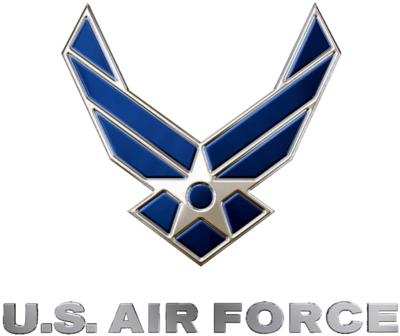Fleet Stretched Thin
U.S. Air Combat Command General Mark Kelly has called for dramatically increased taxpayer monies to be allocated to the acquisition of new Air Force fighter aircraft. That an Air Force General should demand more airplanes is canonical; that he should do so while refusing to make public the most recent study of the USAF’s tactical air requirements is anything but.

Seeking to establish the service’s need for up-to-date airplanes, General Kelly—during his keynote address at the Air Force Association’s Air Space Cyber conference—alleged the USAF’s current complement of 48 fighter squadrons and nine attack squadrons is being prevailed upon to do the work of sixty squadrons
General Kelly disparaged the extant USAF fighter fleet, calling it stretched thin, and decrying its sustainability in a future war. “It’s like a bill that comes to your house … for 60 multirole fighter squadrons,” Kelly dramatized. “I’m trying to pay that bill with 48 fighter squadrons and nine attack squadrons [consisting primarily of A-10 Thunderbolt II aircraft].”
Kelly’s animus toward the A-10 isn’t unique among Air Force generals. Over the protracted course of a much publicized feud with U.S. lawmakers favorably inclined toward the venerable jet, the USAF brass has repeatedly and sometimes underhandedly attempted to retire the A-10. General Kelly categorized the Thunderbolt II as not survivable in a future war against a peer or near-peer adversary with advanced air defenses.

Kelly further stated that closing the hypothetical air-power gap engendered by the A-10’s putative shortcomings would require a dozen fighter squadrons—at least.
In 2018, then Air Force Secretary Heather Wilson presented her Air Force We Need study, which brazenly posited the USAF needed to grow by 74 operational squadrons to a total of 386 squadrons by 2030. So equipped—Wilson declared—the service could simultaneously defeat a major adversary such as China or Russia, defend the homeland, provide a nuclear deterrent, counter a medium-sized rogue nation such as North Korea, and fight violent extremists such as the Islamic State.
Wilson’s histrionics not only failed to generate the budgetary windfall for which she was angling, but prompted policy experts to question whether such tremendous growth was feasible, affordable, or even necessary.

Undeterred by Wilson’s failures, General Kelly attested before Air Force Association members that the USAF, in 2022, requires 28 squadrons to project airpower in the Indo-Pacific region, Europe, and the Middle East; another eight squadrons to respond to emergent crises; still another 16 squadrons to defend the homeland and support the President of the United States (though a narcoleptic spaniel could likely manage the latter); and yet another eight squadrons for training and modernization purposes. Kelly—after the fashion of one accustomed to spending other people’s money—also suggested the USAF hasten to add autonomous drone wingmen, known as collaborative combat aircraft, to its inventory.
To meet his proposed requirements, Kelly reckons the Air Force needs buy at least 72 new fighters every year. However, the service’s fiscal-year 2023 budget request calls for 57 airplanes comprising 33 F-35As and 24 F-15EXs. Another seven F35s could be added by Congress—or taken away, for that matter.
Kelly stressed that the Air Force ought work with U.S. allies and partners to extend its reach in dangerous latitudes and longitudes. “When you’re operating in a tough neighborhood, travel with friends who know how to fight,” the plucky—if not overly frugal—general remarked.
 ANN's Daily Aero-Term (12.14.25): Local Airport Advisory (LAA)
ANN's Daily Aero-Term (12.14.25): Local Airport Advisory (LAA) Airborne 12.08.25: Samaritans Purse Hijack, FAA Med Relief, China Rocket Fail
Airborne 12.08.25: Samaritans Purse Hijack, FAA Med Relief, China Rocket Fail ANN's Daily Aero-Linx (12.15.25)
ANN's Daily Aero-Linx (12.15.25) Airborne 12.10.25: New Gulfstream, ATC Integrator, Outrageous FFZ User Fees
Airborne 12.10.25: New Gulfstream, ATC Integrator, Outrageous FFZ User Fees Airborne-NextGen 12.09.25: Amazon Crash, China Rocket Accident, UAV Black Hawk
Airborne-NextGen 12.09.25: Amazon Crash, China Rocket Accident, UAV Black Hawk





